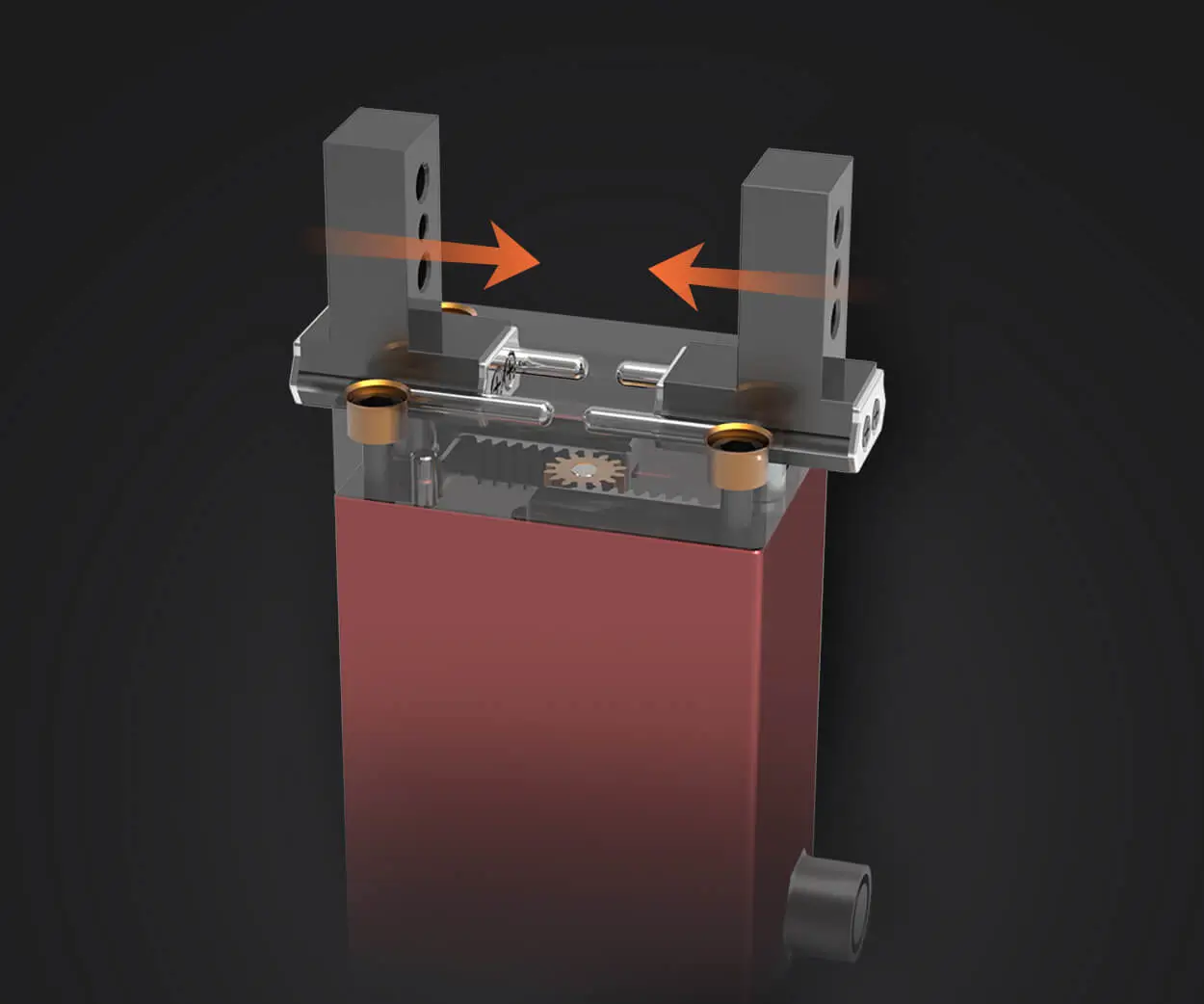Sure! Here's the first part of your soft article based on the theme "servomotor de 360 con control remoto" (360-degree servomotor with remote control).

The World of 360-Degree Servomotors with Remote Control
In the ever-evolving world of technology, servo motors play a pivotal role in many devices, from simple household gadgets to highly complex robotic systems. Among the different types of servos, the 360-degree servomotor stands out, especially when combined with a remote control. Whether you’re a hobbyist, engineer, or professional, understanding this dynamic combination can open up a world of creative possibilities. So, what exactly is a 360-degree servomotor with remote control, and how does it work?
What is a 360-Degree Servomotor?
A servo motor is a small, high-efficiency device that allows precise control of angular position, velocity, and acceleration. Unlike regular DC motors, servos have a built-in feedback loop that ensures the motor reaches the desired position and stays there. Most servos have a rotation limit of 180 degrees, but a 360-degree servomotor is designed to rotate continuously in either direction.
The beauty of a 360-degree servomotor is its ability to spin without the constraints of a fixed range. This makes it an ideal choice for applications requiring continuous motion or where full rotation is essential. These servos are typically used in robotic arms, remote-controlled cars, cameras, and even in automated systems within industries like manufacturing and logistics.
The Role of Remote Control
The addition of remote control takes this technology to a whole new level. A 360-degree servomotor with remote control offers users the ability to manipulate the servo from a distance, often without the need for complex wiring or direct interface. Using wireless communication protocols such as infrared (IR) or radio frequency (RF), remote controls allow for seamless interaction with the servo motor, adding convenience and flexibility to the experience.
This remote-controlled system generally works by sending signals from the transmitter (the remote) to the receiver attached to the servo motor. The receiver then interprets these signals and adjusts the motor’s position or speed accordingly. Whether you’re controlling a robotic arm, adjusting the angle of a camera, or steering an RC vehicle, the combination of 360-degree servos and remote control can greatly enhance functionality.
Key Advantages of 360-Degree Servo Motors with Remote Control
Unlimited Range of Motion: The continuous rotation of a 360-degree servo allows for fluid, uninterrupted movement. This makes it perfect for devices that require rotation beyond the typical 180-degree limit, such as rotating camera mounts, antenna systems, and even robotic vehicles.
Precision and Control: One of the biggest benefits of using a servomotor is its precise control. With the added feature of remote control, users can make fine adjustments, ensuring that movements are smooth and accurate. This level of control is crucial in applications where even the smallest error can disrupt the function, such as in robotics or automation.
Enhanced Versatility: Combining the flexibility of a 360-degree servomotor with the convenience of remote control opens the door to a wide range of uses. From DIY projects and educational tools to commercial and industrial uses, these servos are incredibly versatile. They can be incorporated into various systems, from toy robots to industrial arms, and customized to suit specific needs.
Wireless Convenience: Traditional servo control methods often require manual wiring and direct connections to controllers. Remote control eliminates these constraints, providing a wireless, intuitive method to control devices from a distance. This is particularly beneficial in situations where cables would be impractical or where mobility is essential.
Cost-Effective: Despite their advanced functionality, 360-degree servomotors with remote control are surprisingly affordable, especially for hobbyists and DIY enthusiasts. With advancements in technology and mass production, these motors have become more accessible, offering incredible value for money.
Common Applications of 360-Degree Servo Motors with Remote Control
The possibilities for using 360-degree servomotors with remote control are nearly endless. Here are some of the most popular applications:
Robotics: In the field of robotics, servos are the backbone of many movement systems. A 360-degree servomotor allows robots to perform continuous movements, such as rotating their arms, legs, or even whole bodies. With remote control, operators can control the robot from a distance, providing both convenience and flexibility.
RC Vehicles: Remote-controlled cars, planes, and boats benefit greatly from the use of 360-degree servos. These servos can help steer the vehicle, control the throttle, or even adjust the suspension for better maneuverability. With remote control, users can perform real-time adjustments during races or complex maneuvers.
Camera Rigs and Drones: Another common use of 360-degree servomotors is in camera rigs, where the servos help adjust the angle or position of the camera. Remote control gives users the freedom to change the camera’s orientation without needing to physically touch the rig, making it an invaluable tool for filmmakers and content creators.
Antenna Systems: Many antenna systems use 360-degree servos to change their orientation and improve signal reception. With remote control, operators can easily adjust the antenna's position from a distance, ensuring optimal performance.
DIY Projects: For hobbyists and tinkerers, a 360-degree servomotor with remote control opens up a wide range of project possibilities. Whether building a robotic arm, creating a moving sculpture, or designing a custom mechanical system, this combination of technology can provide an exciting platform for experimentation.
Part 2 will follow…
Leveraging innovations in modular drive technology, Kpower integrates high-performance motors, precision reducers, and multi-protocol control systems to provide efficient and customized smart drive system solutions.




































